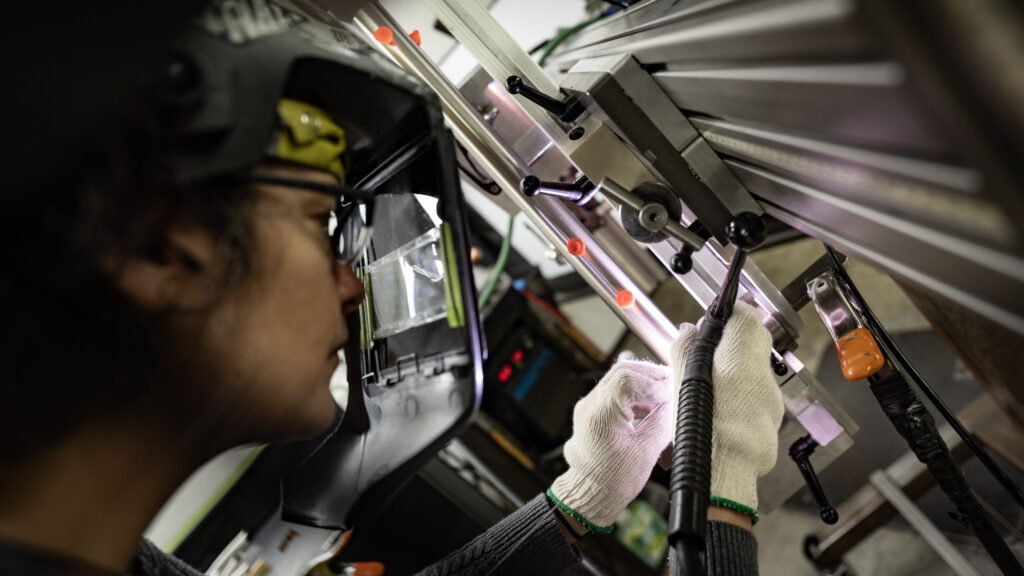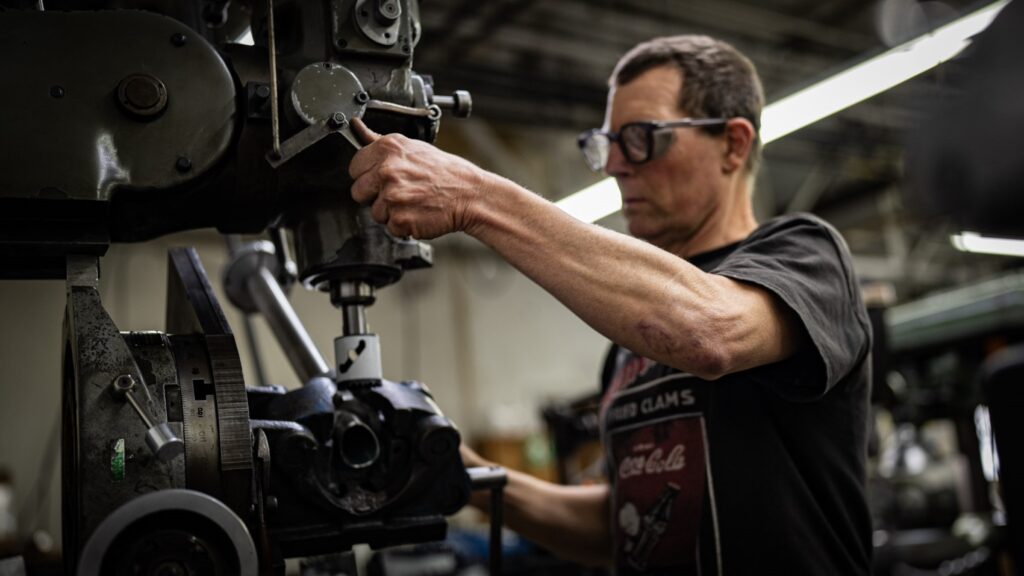Everyone knows that cyclists love Sevens. But did you know that Cyclist seems to love Seven, too? They just tested our Axiom XX Rider-Ready Performance road bike for their June 2024 print issue.
“It’s a bike that has been built for going far and fast.”

In brief, Cyclist’s words can be summed up with this mashup quote:
“Feel powerful when climbing. Lean confidently into corners and descents. Be powerful on the flats. Float over the rough stuff.”
What more could you want? A super light bike? Why not. The test bike tipped the scales at 7.6 kilos (16.75 lbs) with pedals, full internal routing, and standard SRAM Red parts. That puts this Seven among the lightest full carbon bikes. You get carbon lightness with Seven’s titanium performance, control, handling, and toughness.
Read the complete review here.

Here’s some of what Cyclist had to say about the ride:
Climbing:
“Climbing is where Seven has built the Axiom XX to excel. And, yes, it is great going uphill.”
“I found the Axiom XX coped happily with even the most beastly slopes.”
“[The Seven has] rigidity to make anyone feel pretty powerful when climbing.”
Descending:
“When rolling downhill, the Axiom XX picked up speed easily, and I found myself leaning confidently into corners, benefiting from the balanced handling and even weight distribution.”
Acceleration:
“[The Seven has] core rigidity to make anyone feel pretty powerful on the flats.”
Handling & Performance:
“The lightweight Axiom XX seemed to float over a lot of the rough stuff and, compared to the carbon bikes I normally ride, the vibration damping was evident.”
“[The Seven has] less inclination to bounce and skitter over road debris compared to its carbon acquaintances.”
“The natural compliance of the titanium tubes made for a more comfortable and assured ride.”
“I found myself leaning confidently into corners, benefiting from the balanced handling and even weight distribution.”
Thanks to our friends and partners at CycleFit for setting this up, supplying the bike, and managing the process.
Even the “low” points chosen by Cyclist Magazine are easily eliminated. Cyclist chose common “objections” about Sevens:
- Price: Their setup was $18,000 (£14,300). This was a project bike from Seven’s partners at CycleFit; it was not designed as a price point bike. Our full titanium models start at about 1/3 of the test bike’s price: $6,700 for a complete bike. This is well within the price of any full carbon performance bike.
- Long lead time: This is a UK magazine, so the lead times are a bit longer than our US retailers typically see. Our Rider-Ready bikes (which this bike is) are available within three weeks. That’s quite competitive with many high-end carbon bikes.
- Less durable when compared to our heavier titanium frames. True on paper. Not so relevant in most riding situations. Regardless, if a rider values toughness over other features, Seven builds bikes for that, too. And it’s even less expensive. More importantly, compared to any full carbon frame, any Seven titanium bike is significantly more durable, so perception of “less durable” is relative.
- Less versatile because this is a pure performance road bike. It’s true that pure road bikes are less common this season because “allroads” are in trend. Fortunately, we offer multiple allroads versions of this bike, gravel versions, dual-wheel size versions, etc. Seven’s Rider-Ready bike categories offer more than any stock carbon bike. And if that’s not enough, we offer full custom designs, too.
Who says you can’t have it all? Not Seven.
Read the complete review here.























